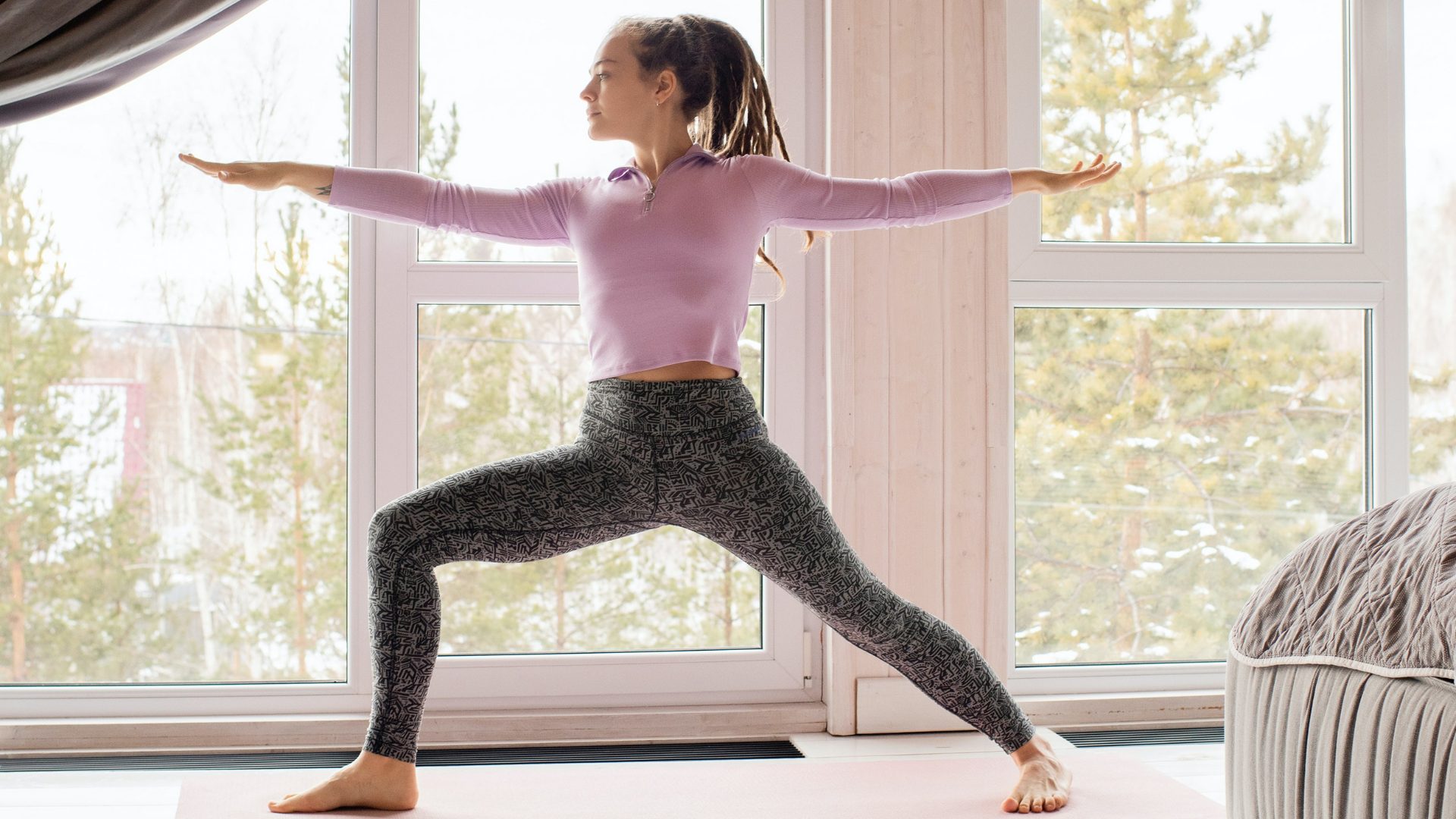Many people embrace yoga asanas as a way of getting rid of muscle tension. Muscle tension is when your muscles stay partially contracted for a period of time, at first causing them to feel stiff and achy, and eventually leading to chronic pain. Muscle tension can not only affect the free movement of our joints but also our breathing, circulatory systems and our nerve pathways. In fact, all our bodily functions can be affected by tension.
Some tension is carried with us into the asana class while other tension is created there. The tension from our everyday life can be caused by a number of factors:
- According to body type some people just naturally seem to have tighter muscles and joints than others and this may interfere with things that I want to do. If I have naturally tight hamstrings for example I might find it hard to sit on the floor for any length of time.
- The way we use our body may create long term tension. For example repetitive actions from the sport we play or the type of work we do may create patterns of tension in our body.
- Postural misalignments can cause long term tension. For example a rounded upper spine creates tension through the shoulders and shoulder blades, whereas a sway back can create tension in the lower back.
- Unconscious, chronic holding of muscles in response to emotional upsets can also cause shortening of muscles and stiffness in the joints they pass over, which restricts the free flow of energy. In fact a common place to hold stress is the midriff area – the diaphragm/solar plexus area. Tension in this area restricts our breathing, our digestion and blood pressure.
Yoga asanas help to relieve this tension, but on the other hand the way we approach our asanas can also be a source of tension.
Asanas can create tension:
- If they are performed without awareness; our attention should always be focused on the pose and the breath while keeping a softness deep within. The eyes, jaw, shoulders and diaphragm should be relaxed and soft.
- If we have a competitive attitude; competition means goal setting and comparing ourselves to others with an emotional response of either; ‘I’m better or worse than the other person.’ Both attitudes create tension.
- If we are striving too hard to achieve the pose, staying in it too long etc
- If we have a negative mind set i.e. this is hard, I hate this pose etc.
- If we hold our breath.
- If we try to impose the pose on our body rather than opening up to it
Achieving, striving and competing might get us into a pose that looks right externally, but we will be missing out on releasing our layers of tension and achieving the full potential of the pose.
While we are in a pose we should be able to feel the breath creating a very subtle movement throughout the whole body. The inward breath expands and the outward breath gently contracts.
When our body is soft and open we will be able to feel the energy rising from the core up to the crown of the head, spreading from the core to the palms of the hands and finger tips, and from the core to the soles of the feet and toes. The breath will subtly expand to each periphery as we inhale and draw back to the core as we exhale.
Tension is not released through pulling the muscle into a lengthened position. The muscle will relax and lengthen in response to the call of the nervous system. We must quiet our nervous system with the breath.
Focusing on this radiating breath above will help you relax within asanas.
When we can quieten the mind and simply feel the breath moving within the pose then we will begin to release tension and feel the intrinsic benefit of the asana.
By Vrndavan Dasi
Founder and Principal of Veda Yoga Teacher Training
